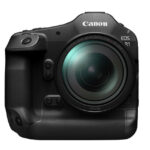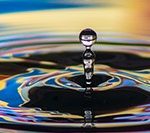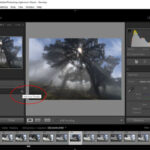What makes fine art portrait photography different from regular portrait photography is that the former has more artistic value. And for a portrait to be considered more valuable, there are some very important factors that you can’t ignore. As photographer Jiggie Alejandrino outlines in this video, the most important ones are the type of background, the quality of light, and the subject’s pose. Let’s see how these factors influence the look of a fine art portrait:
We tend to underestimate the power of backgrounds in our images. A background is an important part of an image as it sets the mood of your image. Apart from this, a great background is also important to create a proper separation from the subject. It helps to emphasize the subject better as well.
The famous painters of the past were masters of light. Depending on the light you use, you can either create a soft or a high-contrast look. For his purpose, Alejandrino prefers using a continuous light source with a large 120cm parabolic softbox as a modifier to mimic window light. He also demonstrates how you can create a clear separation between the subject and the background by using a kicker light.
When it comes to posing for a fine art portrait, remember that your subject should look dignified and graceful. Make sure that the subject doesn’t go overboard with a complicated pose. Just keep the poses basic and simple. Doing so will help you create a timeless portrait. Think Mona Lisa!
Be sure to watch the entire video for a step by step guide on how to take a fine art portrait. Besides these three factors, Alejandrino also shows you how he works with the camera settings, how he composes his image, and how he works with the subject to get the image.
Like This Article?
Don't Miss The Next One!
Join over 100,000 photographers of all experience levels who receive our free photography tips and articles to stay current:






Leave a Reply